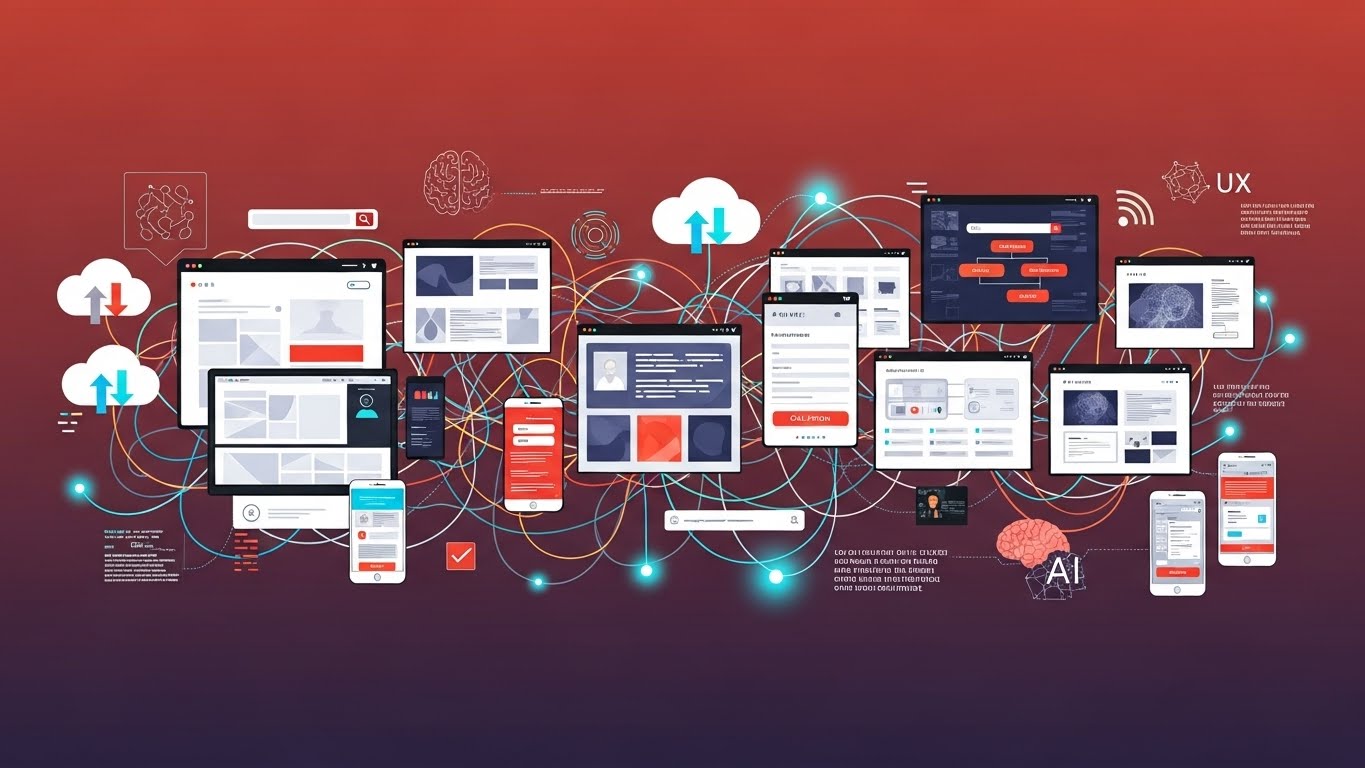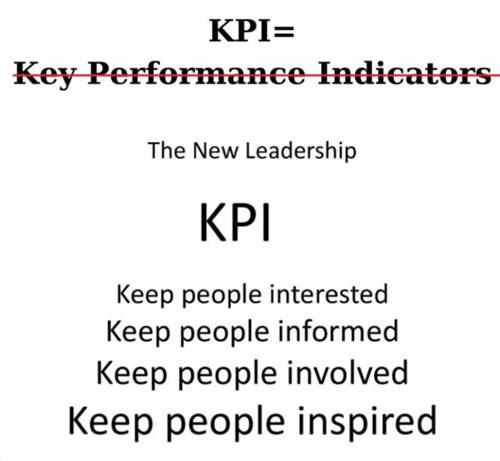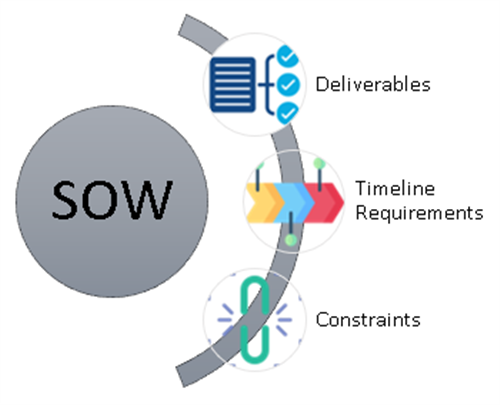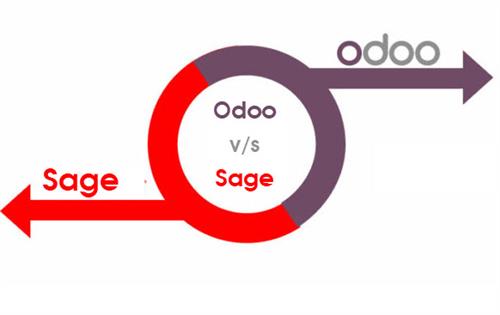What is Fear-Driven Development (FDD)
Last updated: December 24, 2022 Read in fullscreen view
- 15 Feb 2024
 What is a Cut-Over in Software Development? 40/1199
What is a Cut-Over in Software Development? 40/1199 - 02 Nov 2023
 Differences between software walkthrough, review, and inspection 27/2008
Differences between software walkthrough, review, and inspection 27/2008 - 18 Oct 2020
 How to use the "Knowns" and "Unknowns" technique to manage assumptions 22/995
How to use the "Knowns" and "Unknowns" technique to manage assumptions 22/995 - 01 Oct 2020
 Fail fast, learn faster with Agile methodology 14/976
Fail fast, learn faster with Agile methodology 14/976 - 10 Nov 2022
 Poor Code Indicators and How to Improve Your Code? 8/214
Poor Code Indicators and How to Improve Your Code? 8/214 - 19 Oct 2021
 Is gold plating good or bad in project management? 8/756
Is gold plating good or bad in project management? 8/756 - 06 Feb 2021
 Why fail fast and learn fast? 7/377
Why fail fast and learn fast? 7/377 - 01 Feb 2024
 How long does it take to develop software? 7/212
How long does it take to develop software? 7/212 - 01 Mar 2023
 Bug Prioritization - What are the 5 levels of priority? 6/207
Bug Prioritization - What are the 5 levels of priority? 6/207 - 18 Aug 2022
 What are the consequences of poor requirements with software development projects? 5/244
What are the consequences of poor requirements with software development projects? 5/244 - 14 Oct 2021
 Advantages and Disadvantages of Time and Material Contract (T&M) 5/795
Advantages and Disadvantages of Time and Material Contract (T&M) 5/795 - 08 Oct 2022
 KPI - The New Leadership 4/558
KPI - The New Leadership 4/558 - 31 Oct 2021
 Tips to Fail Fast With Outsourcing 4/377
Tips to Fail Fast With Outsourcing 4/377 - 23 Sep 2021
 INFOGRAPHIC: Top 9 Software Outsourcing Mistakes 3/413
INFOGRAPHIC: Top 9 Software Outsourcing Mistakes 3/413 - 17 Feb 2022
 Prioritizing Software Requirements with Kano Analysis 3/285
Prioritizing Software Requirements with Kano Analysis 3/285 - 10 Dec 2023
 Pain points of User Acceptance Testing (UAT) 3/418
Pain points of User Acceptance Testing (UAT) 3/418 - 13 Dec 2020
 Move fast, fail fast, fail-safe 3/294
Move fast, fail fast, fail-safe 3/294 - 28 Dec 2021
 8 types of pricing models in software development outsourcing 3/419
8 types of pricing models in software development outsourcing 3/419 - 02 May 2022
 What Is RAID in Project Management? (With Pros and Cons) 3/736
What Is RAID in Project Management? (With Pros and Cons) 3/736 - 19 Apr 2021
 7 Most Common Time-Wasters For Software Development 2/527
7 Most Common Time-Wasters For Software Development 2/527 - 26 Dec 2023
 Improving Meeting Effectiveness Through the Six Thinking Hats 1/205
Improving Meeting Effectiveness Through the Six Thinking Hats 1/205 - 05 Jan 2024
 Easy ASANA tips & tricks for you and your team 1/181
Easy ASANA tips & tricks for you and your team 1/181 - 11 Jan 2024
 What are the Benefits and Limitations of Augmented Intelligence? 1/436
What are the Benefits and Limitations of Augmented Intelligence? 1/436 - 14 Mar 2024
 Why should you opt for software localization from a professional agency? /117
Why should you opt for software localization from a professional agency? /117 - 12 Mar 2024
 How do you create FOMO in software prospects? /131
How do you create FOMO in software prospects? /131 - 06 Nov 2019
 How to Access Software Project Size? /236
How to Access Software Project Size? /236 - 21 Oct 2025
 Cloud-Native Development: Why It’s the Future of Enterprise IT /43
Cloud-Native Development: Why It’s the Future of Enterprise IT /43
What Does Fear-Driven Development (FDD) Mean?
Fear-driven development (FDD) is a term coined in IT to talk about problems with software development where companies might be so afraid of making mistakes that they restrict or control processes in harmful and inefficient ways. It is also used to talk about situations where company leadership might drive development teams through fear, which can also have a corrosive effect on the overall software development process.
Techopedia Explains Fear-Driven Development (FDD)
The term fear-driven development is often attributed to Scott Hanselman, who writes about this phenomenon. Hanselman talks about “organizational fear” and “analysis paralysis,” and describes how a company might develop an obsession with double-checking and triple-checking code, restricting meetings, trying to throttle feedback, or otherwise trying to manipulate the process based on the fear that something will turn out wrong. Experts explain how this actually undercuts the ability of developer teams to innovate and move forward, and can be extremely harmful for company.
Then there is the other type of fear-driven development, where company leadership rules through instilling fear in their employees. They might push employees to work overtime, including weekends and evenings, or otherwise push them to perform by telling them that their jobs are at stake. Again, productivity experts would not recommend this kind of punitive management process, and often describe the ways that it might break a company down.



































 Link copied!
Link copied!
 Recently Updated News
Recently Updated News